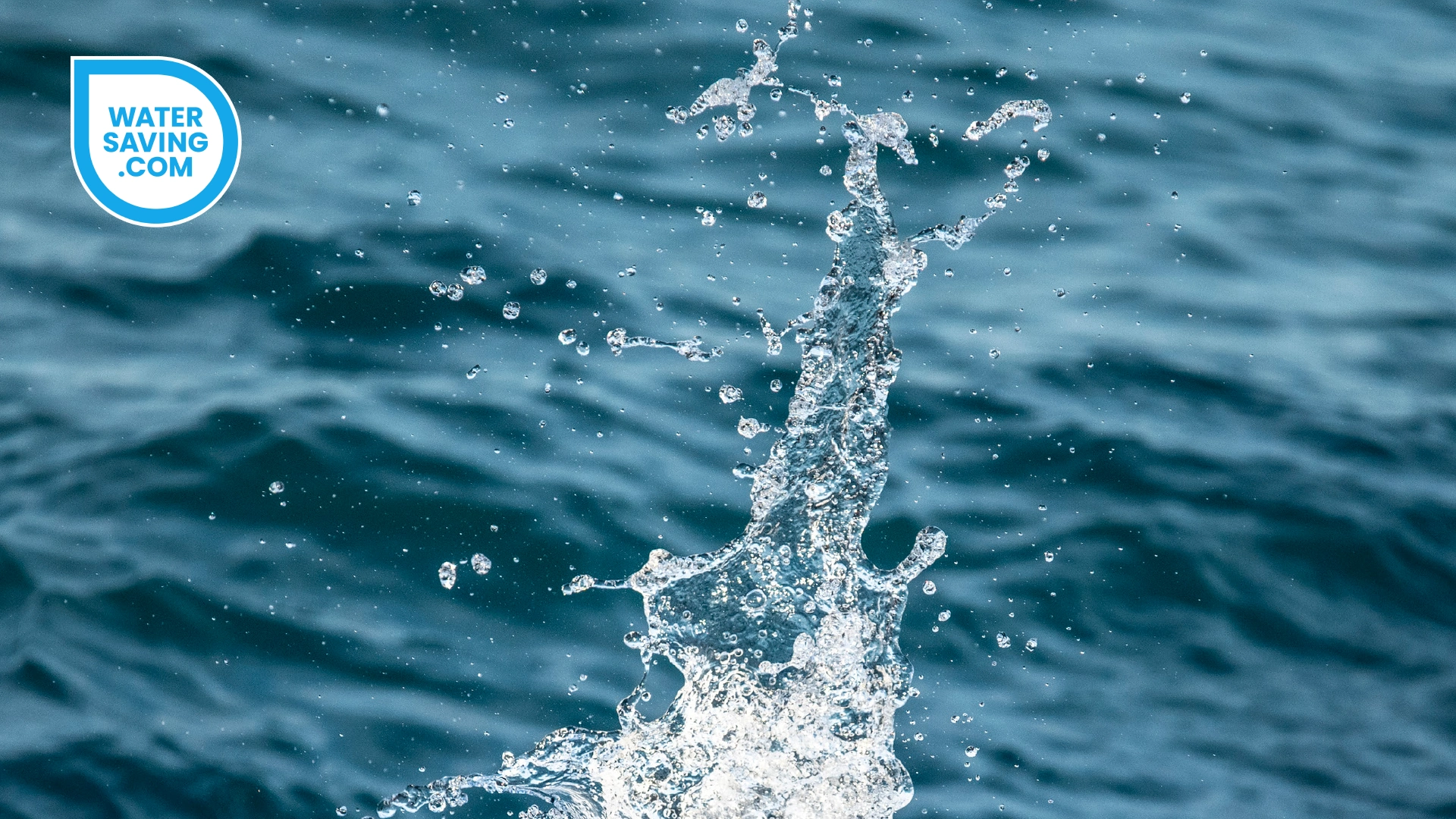Have you heard of the EU taxonomy? It plays an important role as part of the EU strategy to promote sustainable investment. Perhaps you're wondering what this has to do with products such as taps (faucets) and shower heads? Find out more in this blog post.

